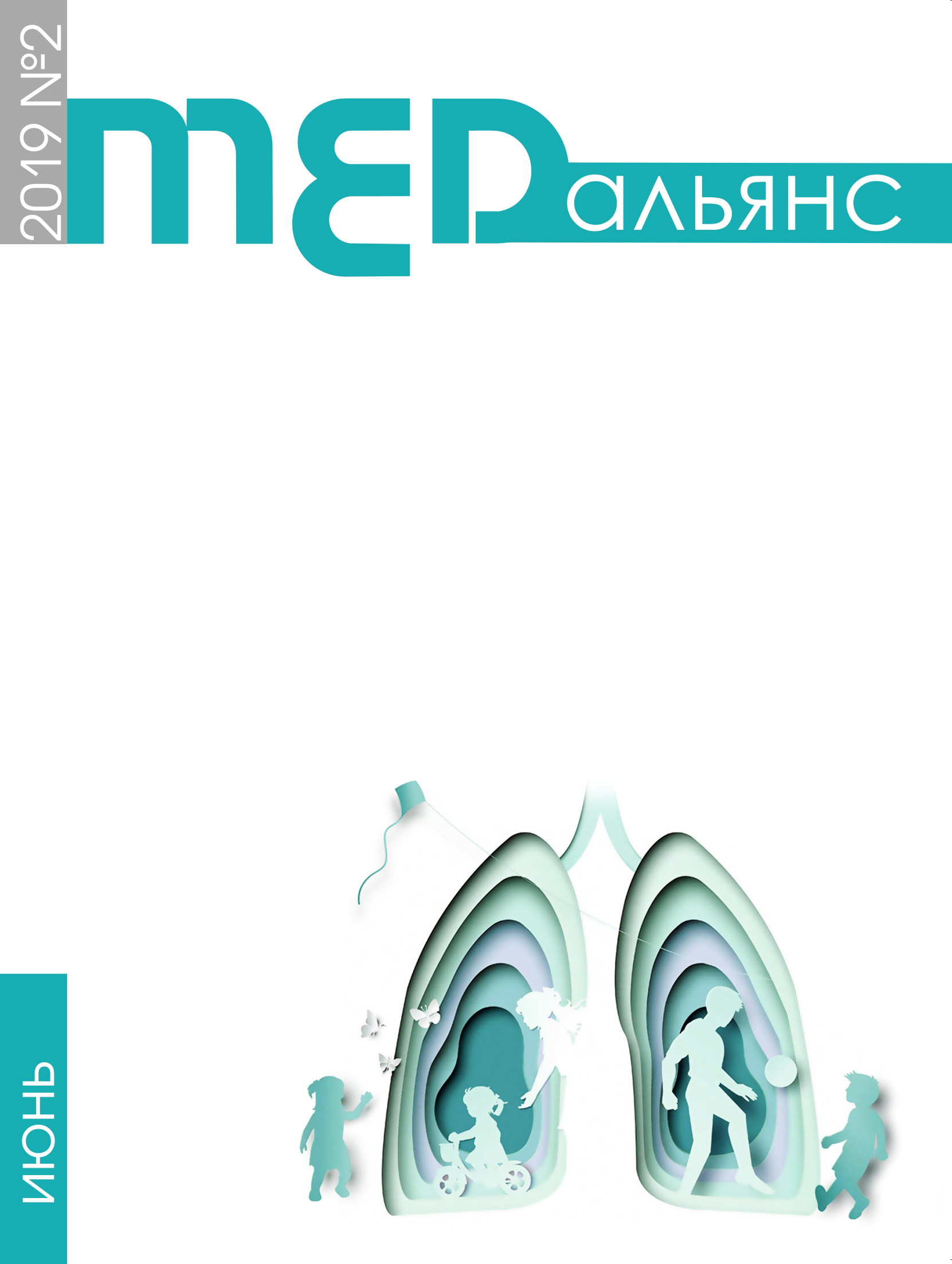Abstract
Summary The envelope of M. tuberculosis contains from 40 to 70% protein in depending from the growth phase. Proteins supports receptor-selective permeability, create a pore system, perform protection from phagosomal digestion and guard from the host immune system, and the toxin-antitoxin allows to fight with other bacteria. Immunological properties of antigens of the digestive and chemically modified cell wall of M. tuberculosis (CW) were studied, in which almost all proteins were destroyed as a result of the impact. Materials and methods of research. The СW were treated with proteinase K (CW-prK), or 5N NaOH (CW-NaOH). The mice BALB/c were immunized with modified CW and the spectra of the obtained antibodies were studied in immunoblotting. In ELISA investigated the reaction of tuberculosis monoclonal antibodies (mAbs) with the CW. Diagnostic parameters of modified CW were studied on 112 sera of patients with tuberculosis, mycobacteriosis, other non-tuberculosis diseases and healthy donors. Results. Immunoblotting with hyperimmune mouse sera revealed a narrowing of the spectrum of recognized antigens from 30 bands with immunization the initial CW to 17 bands by CW-prK and 14 bands by CW-NaOH. Reaction mAbs with proteins MPT63, MPT64, 25 kDa completely disappeared in ELISA. With glycoproteins HspX, МРТ83, Ag85, 38 kDa, pstS/phoS and glycolipoprotein LpqH observed different patterns of binding depending on the epitopes recognized by mAbs. An unusual reaction was detected with Rv1681 (molybdopterin). Along with the loss of binding after modification of CW, an increase in the reaction was observed, which may indicate the shielding of some parts of the antigen that disappeared after treatment. mABs to CFP10, Rv0009 (18-19 kDa), Rv0341 and carbohydrate antigen >30 kDa reacted after any treatment, due to the special compartmentalization of these antigens inside the pores of the cytoplasmic membrane or mycomembrane. Studies of IgG in serum of patients with modified antigens did not reveal higher values of specificity and sensitivity in comparison with the initial preparation of CW. There was a significant increase in affinity/concentration of detected anti-TB IgG antibodies both in the sera of immune animals and in the sera of patients with pulmonary tuberculosis, especially expressed in preparations of CW-NaOH. Conclusion. Digestive and chemical treatment of CW allowed to investigate the features of hidden antigens of M. tuberculosis and immune response in humans and animals.

